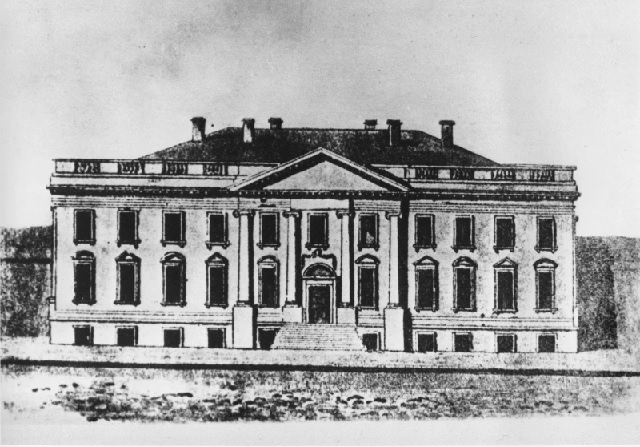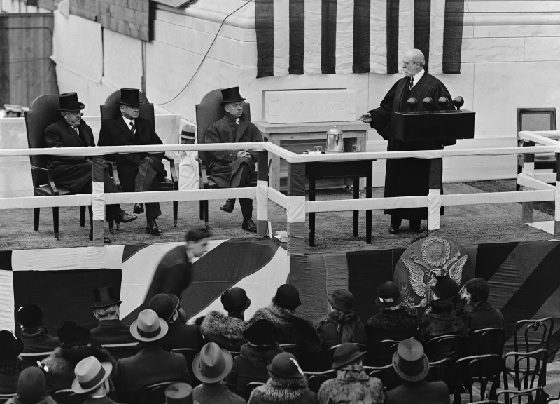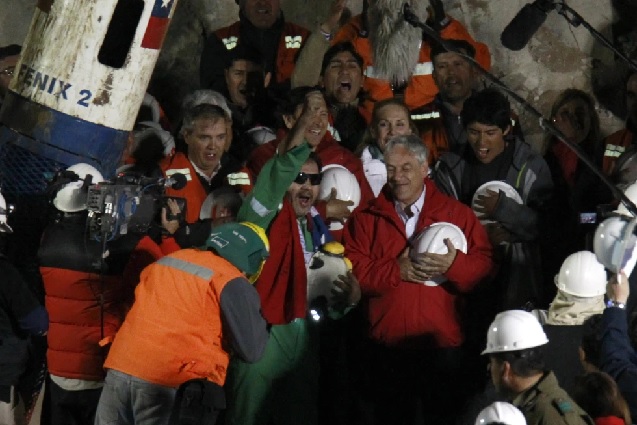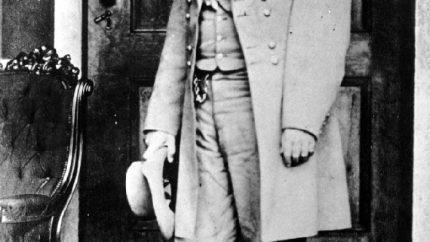
On October 13, 1792, President George Washington laid the cornerstone of what would later be known as the White House. This marked the beginning of construction on one of the most iconic symbols of American democracy. Designed by Irish-born architect James Hoban, the executive mansion would become the residence of every U.S. president since John Adams. The laying of this cornerstone not only symbolized the physical creation of the White House but also the establishment of the federal government in the new capital, Washington, D.C.
Also on this date:

In 1932, President Herbert Hoover and Chief Justice Charles Evans Hughes laid the cornerstone for the U.S. Supreme Court building in Washington, D.C. This moment was significant as it marked the first time the nation’s highest court had its own permanent home, reflecting the growing importance of an independent judiciary in American governance. The building, designed by architect Cass Gilbert, was completed in 1935 and stands as a monument to the enduring role of the Supreme Court in interpreting the Constitution.
In 1943, during World War II, Italy declared war on Germany, its former Axis partner. This dramatic shift followed the fall of the fascist regime under Benito Mussolini and marked Italy’s alignment with the Allied forces. Italy’s declaration of war against Nazi Germany was pivotal in weakening the Axis powers and reshaping the course of the war in Europe.
In 1960, the Pittsburgh Pirates won the World Series in one of the most dramatic games in baseball history. Bill Mazeroski hit a walk-off home run in the bottom of the ninth inning of Game 7, defeating the New York Yankees 10-9. This remains the only Game 7 in World Series history to end with a home run, cementing Mazeroski’s place in baseball lore and marking a key moment in American sports history.
In 1972, a Uruguayan chartered flight carrying 45 people crashed in the Andes mountains. Of the original passengers, only 16 survived the ordeal, which lasted 72 days. In an effort to stay alive, survivors resorted to cannibalism. The incident, which became widely known after the book and film adaptations of “Alive,” is a sobering reminder of human endurance and the will to survive under extreme conditions.
In 1999, after 13 months of investigation, the grand jury in Boulder, Colorado, was dismissed in the JonBenet Ramsey case. The decision came as prosecutors announced that there was not enough evidence to charge anyone in the murder of the 6-year-old beauty queen, leaving one of the most high-profile unsolved cases in American criminal history without closure. The case remains a subject of intense public speculation and continues to haunt investigators decades later.

In 2010, after 69 harrowing days trapped underground, 33 Chilean miners were rescued from a collapsed mine. The rescue, which used a custom-built escape capsule, captivated the world and highlighted the extraordinary risks faced by miners. It also underscored the international cooperation and technological ingenuity that made the rescue possible. The miners’ survival became a symbol of hope and resilience.
In 2011, Raj Rajaratnam, a billionaire hedge fund manager, was sentenced to 11 years in prison for insider trading. This was one of the largest cases of its kind in U.S. history and exposed widespread corruption in the financial industry. The case signaled the government’s increased efforts to crack down on corporate crime and marked a turning point in regulatory enforcement after the 2008 financial crisis.

In 2016, Bob Dylan was awarded the Nobel Prize in Literature, becoming the first songwriter to receive this prestigious honor. His selection sparked debate about the boundaries of literature and its intersection with music. Dylan’s poetic lyrics, which have influenced generations of musicians and writers, solidified his status as one of the most important cultural figures of the 20th century. His award recognized the deep literary value of his work and its profound impact on global culture.









